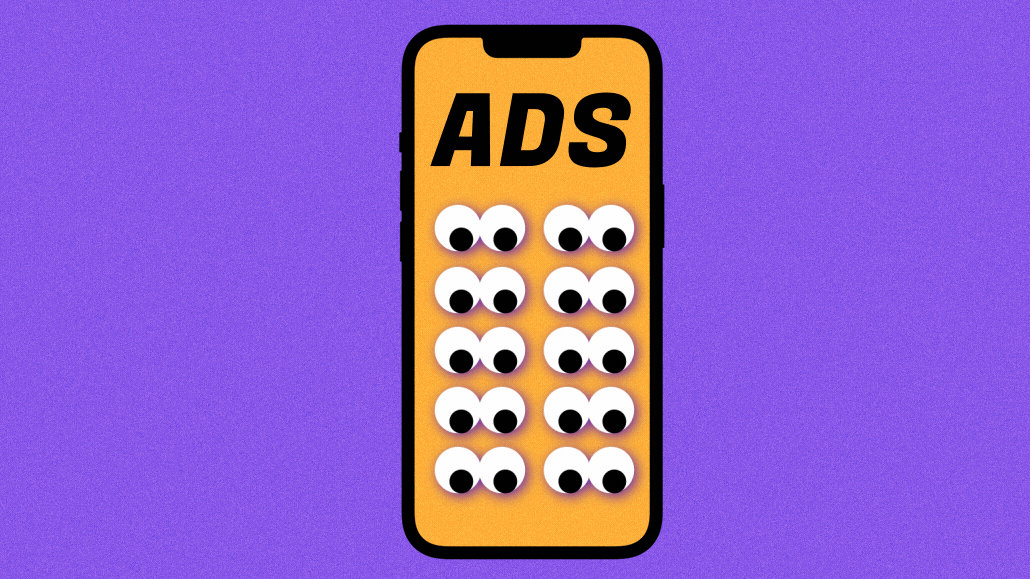As America returns to the office, Xerox returns to advertising

As America’s workforce has returned to the office, so has office equipment company Xerox returned to advertising. Earlier this month, the century-old technology brand launched a new brand campaign and a media mix revamp to better target the millennial and Gen Z work force.
Investment-wise, it’s Xerox’s largest ad effort in the last five years, testing into channels that are new to the brand, like digital and streaming video, and TikTok and revisiting dormant ad channels, like out-of-home ads in the New York City metropolitan area, according to Deena LaMarque Piquion, CMO at Xerox. Xerox’s exact ad spend is unclear as Piquion declined to provide specific figures.
“We’ve really broadened the aperture to have a better mix of tactics,” said Piquion. “That’s what we heard a lot, that we were missing at the top of the funnel to really influence that area of favorability before they move to consideration.”
Historically, Xerox’s media investments have been predominantly in digital tactics, especially LinkedIn campaigns and paid search. But to boost brand awareness, and keep up with the work force’s newest generation, channels like digital and streaming video ads, NYC-based OOH and TikTok have been added to the media mix.
It’s unclear what those investments are as Piquion declined to outline specifics. Last year, Xerox spent $2,554,357 on advertising efforts, according to Vivvix, including paid social data from Pathmatics. That figure is significantly higher than the $1,552,230 spent in 2021.
TikTok in particular, she said, is in its early experimental stage for the legacy brand as it plans to launch both paid and organic efforts alongside its newest campaign this year. The hope is TikTok will become a mainstay in the Xerox media mix to stay top of mind with younger audiences, said Piquion.
“We’re extremely strong in [the] 45 and over demographic, and where we want to get even stronger is in that 25 to 44 demographic,” Piquion said.
The office equipment company’s efforts are on par with others in the industry boosting brand awareness and full-funnel marketing strategies as the glory days of quick and easy digital customer acquisition appear to be dwindling. Brands like Claire’s, Edible Arrangements, Shutterfly have made similar pivots to reach a broader audience and become less reliant on direct response tactics. (Read more on that here.)
As a legacy brand, having a diverse media mix, thus firing on all cylinders, is key to maintaining brand relevance, according to David Song, CEO of Rosie Labs freelance ad collective.
“You’re going to always have a challenger brand coming up after you,” he said. “But the way you win is, like a Xerox or General Motors or an old school GE, you’re just consistently on, [advertising] at a certain level.”
It’s too early to tell if Xerox’s latest efforts have paid off, said Piquion. However, the office tech company hopes its testing will lend itself to new mainstays in the media mix.
“We have a lot of really interesting tests going on, and it’s going to be great to see which ones work for us and which one we double down on as we expand the campaign,” Piquion said.
More in Marketing

WTF is the CMA — the Competition and Markets Authority
Why does the CMA’s opinion on Google’s Privacy Sandbox matter so much? Stick around to uncover why.

Marketing Briefing: How the ‘proliferation of boycotting’ has marketers working understand the real harm of brand blockades
While the reasons for the boycotts vary, there’s a recognition among marketers now that a brand boycott could happen regardless of their efforts – and for reasons outside of marketing and advertising – that will need to be dealt with.

Temu’s ad blitz exposes DTC turmoil: decoding the turbulent terrain
DTC marketers are pointing fingers at Temu, attributing the sharp surge in advertising costs across Meta’s ad platforms to its ad dollars.






